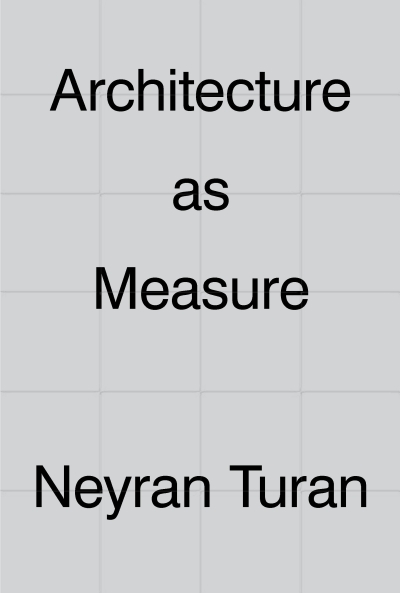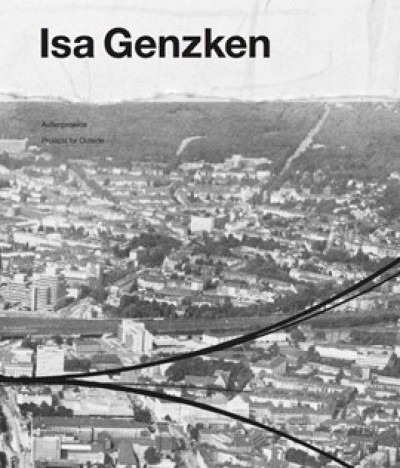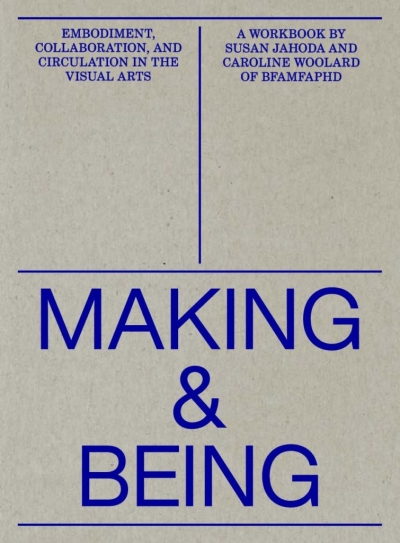
The Le Corbusier Gymnasium in Baghdad
The story begins end 2004, along with the very first research engaged for a thesis –concerning the urban and architectural transformations of the XXth century Baghdad, after three successive stays in Baghdad since June 2003. In June 1955, commissions were passed to world-famous architects by Nuri Said’s government via the Development Board, a governmental body created in 1950 in charge of developing new infrastructures throughout the whole country. There was a huge University campus by Walter Gropius, an opera-house by Frank Lloyd Wright, a building for the Ministry of Planning by the Italian Gio Ponti, a Civic Center by the Dutch Marinus Dudok, a Museum by the Finnish Alvar Aalto, etc. The aim of such a series of grand constructions was to endow the Iraqi capital with a modernist development, an ambition amply justified at the time by the country’s petrol booming revenues1. As concerns Le Corbusier he was to build an Olympic city, including a 50000 people capacity stadium, a gymnasium with a stage holding 3500 spectators, a pool for 5000 spectators, but also a basin with a “wave mechanism”, an outdoors amphitheater, several training grounds, “nautical amusements”. If indeed, some of these schemes were implemented in the following ten years, others, for instance those of Wright or Aalto, never came to be. As for Le Corbusier’s commission, it was only implemented partially and much later, with finally only the gymnasium being built in the spring of 1980. Yet this construction’s destiny is singular.
http://ifpo.hypotheses.org/3560

































































































